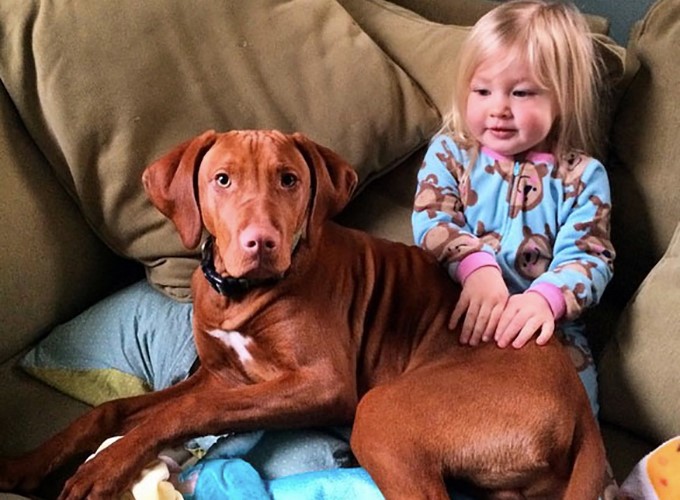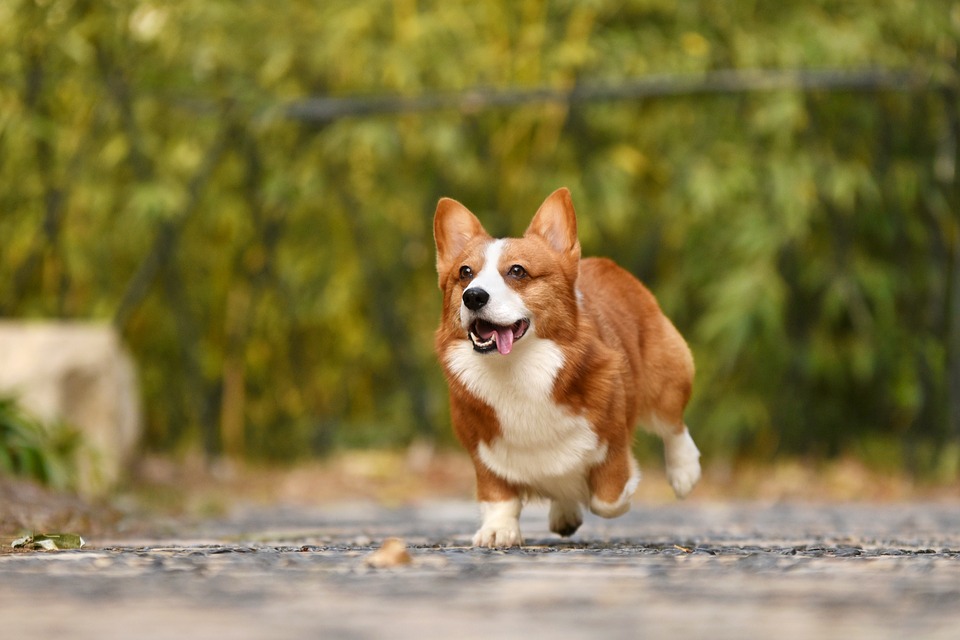Many people are a dog lover and want to keep a pet in their house. A god is a good friend, and this habit is also beneficial to avoid anxiety. There are numerous advantages to keeping a puppy. But one of the most significant problems they are facing is that they have kids who get scared of the dog. However, if you select wisely, you can choose a friendly family dog.
For helping this, I must prefer to check at least below points while adopting any dog:
- a) Temperament: Different dogs possess a distinct type of temperament. One should have to check and investigate first about the suitable breed. Dog’s personality also depends upon the training conducted with a particular pet. Therefore, examine and check both types of characteristics in the specific dog.
- b) Size & Appearance: Sometimes larger animal causes for scary feeling, however the smaller one won’t. Little kitty or puppy looks attractive. Children under 8 years like hairy and fleecy dogs. Moreover, large and adult dogs tend to be docile; that is another feature you can check before finalizing the pet.
- c) Energy Level: If you are planning to spend more time with your dog and taking your kids along with your pet for jogging or exercising then the one having a good energy level will be best. But keep in mind, if you bring a good one and unable to meet a dog’s necessity, his energy can cause to convert to bad behavior and might be harmful to your loved ones.
- d) Causes Allergies for Children: According to research, senior dogs have some common disease. It is not mean that every pet is infected. Numerously, human has an allergic issue with particular dogs & cats. Before selecting a special breed and a specific pet, check the history to know if it will not be the reason for allergy. Otherwise, your children’s fear will increase more.
- e) Cost:It is the apparent factor that almost every person would take care of. This point has two perspectives. The first one is the price while buying it. However, the second aspect is regarding the cost you must have to bear for grooming and taking care of your puppy. In both cases, check if your savings permit you to handle this expense, then go for it. Otherwise, search for another.
Before investigating for mentioned above steps, it is necessary to know which breed has the characteristics that suit you, and your family members. Here I am listing 14 most appropriate and common dogs.
1) Beagle
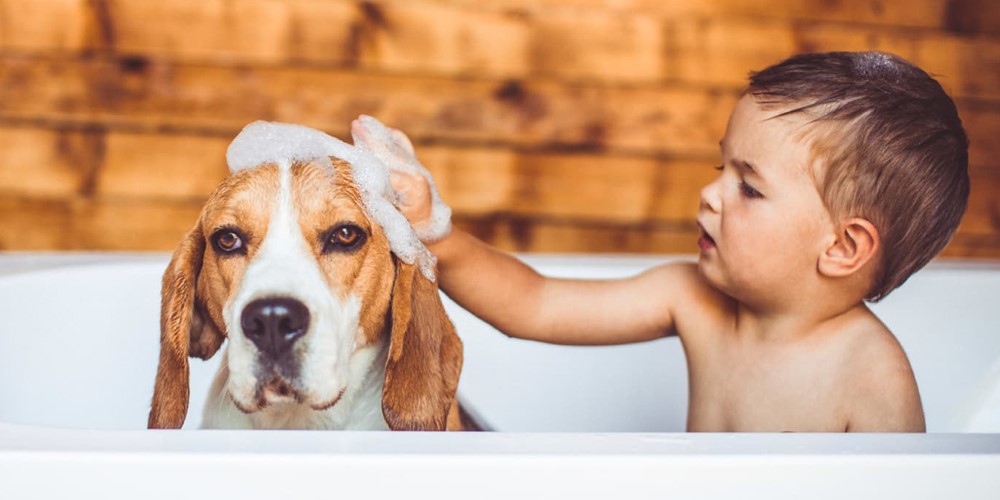
Beagles are the most popular category of dog people love to keep in their house. It is one of the best bred for the company with your small kids. They look attractive, and the owners went for a walk with Beagle. They do not drool much; hence the allergic issue will be minimized. The features of Beagle are friendly, gentle, loving and enthusiastic.
For sacred kids, bring both of them on walk and exercise daily. You will notice that within 10 – 15 days, they both become good friends.
2) Newfoundland
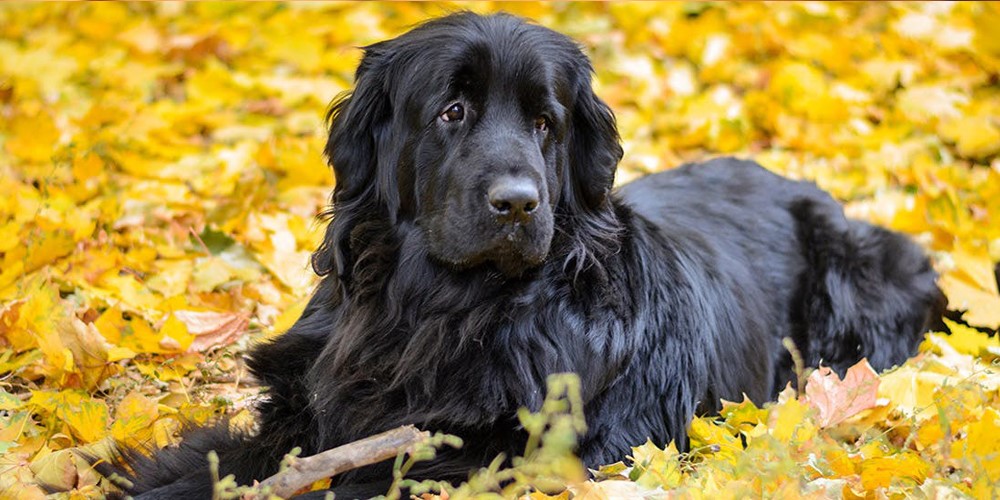
The appearance of Newfoundland itself shows the cuteness of this puppy. They are lovely in characteristics and welcome you eagerly when you come back home. It has a sweet nature and could be the best friend for your kid. Make sure to brush its hairs on a daily basis with a quality brush, else the hairs will shed more than regular quantity. You need to take care of its emergencies.
Newfoundland is easy to train and handle. They learn the instruction quickly. This breed enjoys more to attention seeker nature. Children love to spend their time with Newfoundlands.One of the reasons why kids love this breed is that they watched PeterPan. Newfoundland worked as a character named “Nana” for the Darling Family’s Pet Dog.
3) Collie
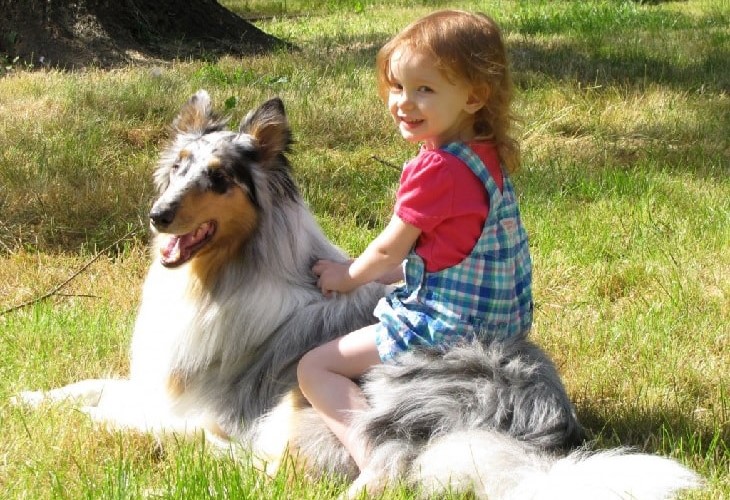
Keep the difference between Collie and BorderCollie. Both look like the same, but the characteristics are dissimilar like energetic, closely-look appearance, training struggles, etc. Collie usually has a brown color. It is faithful to the owner and friendly nature. The behavior of Collie is quite understandable and predictable. His body is full of long hairs that attract the children towards him. Addition to the above, the training process is very easy. An essential and critical point is its cleanliness due to thick hairs.
4) Golden Retriever
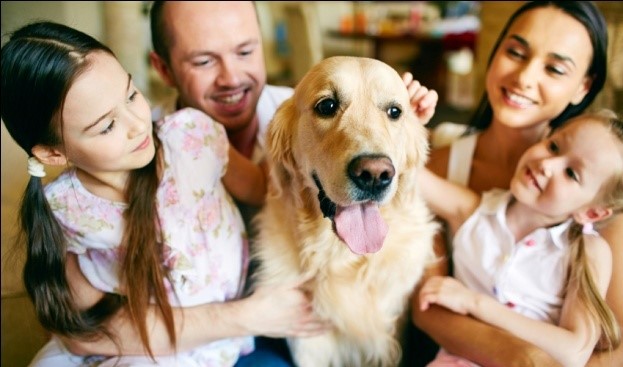
The golden look of Golden Retriever is exciting. Kids like such look and the fluffy touch as it has due to hairs on all over the body. It looks like a coat of fur. This dog loves the company of the human. Training of Golden Retriever could be achieved through several plays like fetching and bringing back the objects. They are obedient, calm in nature, engaging in play when you take it in the park, and becomes friend quickly with every member of your family.
5) Bichon Frise
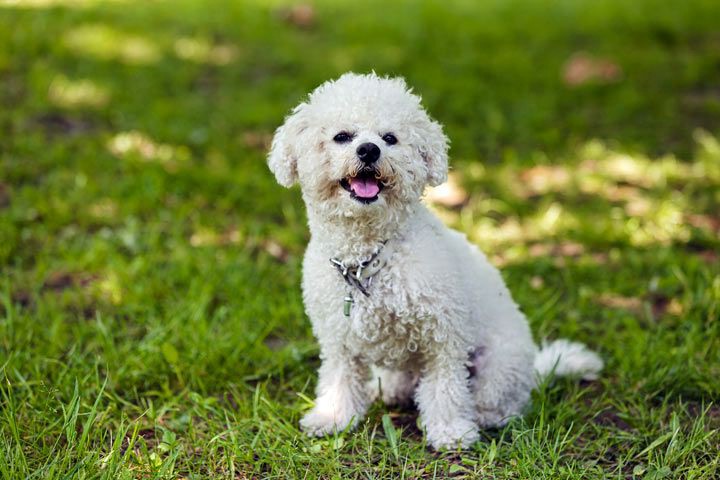
Mrs. Rihana James, a psychology tutor at UK essay writing services, shared her research thesis on multi behavior:
The Bichon Frise looks like a toy. Therefore children attracted toward it. In fact, its nature is similar to the small kids, and they smile when seeing it because the look of Bichon seems that it is smiling. Human always behaves according to the thought constructed for others.
Bichon Frises are full of energy, and their appearance is too appealing. It looks fluffy and covered with snow or coat of fur. If you have children smaller than 5 years, it is the best breed to bring with you at home. Infants love to play with them.
6) Bull Terrier
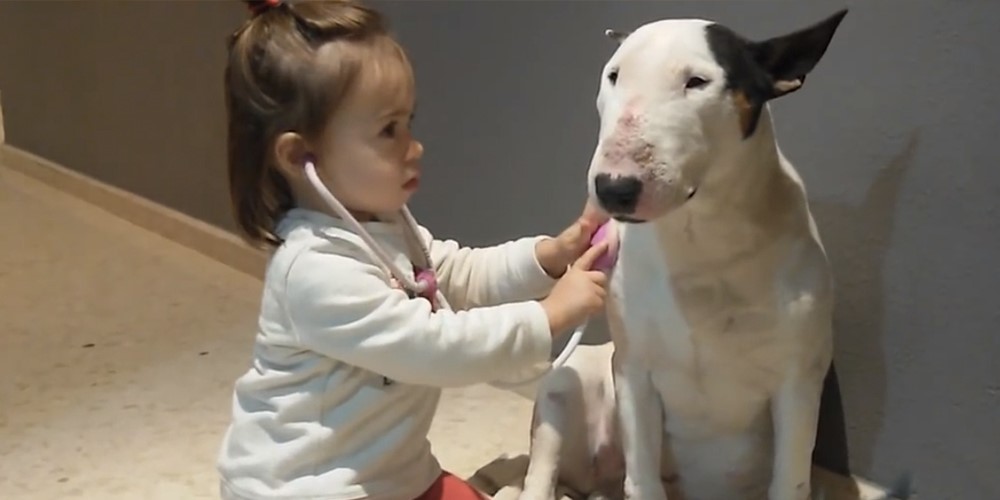
The name is scary, but dog experts count Bull Terrier under friendly dogs. Don’t worry if there are more than 5 children in a house along with this breed. It is one of the muscular animals and won’t drool too much. Since you take care of its needs, it will be safe for your family. Bull Terrier has an obedient characteristic. If you involve your kid in the training of this breed, they both become friends as fast as you could think.
7) Vizsla
It is an intelligent breed among all the dogs. But unfortunately, people ignore it while making the selection of puppy for their family. One of the important natures of Vizsla advised by Mr. Peter Sylvester from Assignment Guarantee:
“Vizsla is a sensitive breed among all dogs. They have the most critical fear that their master will not come back to him if they go somewhere. I think their face features were constructed as is, due to this fear.”
Vizsla usually sticks with their owner. If you leave it with your kid, they will remain happy. They love exercising more than another breed. Therefore, they get engaged with your child for a long time without injuring them.
8) Bulldog
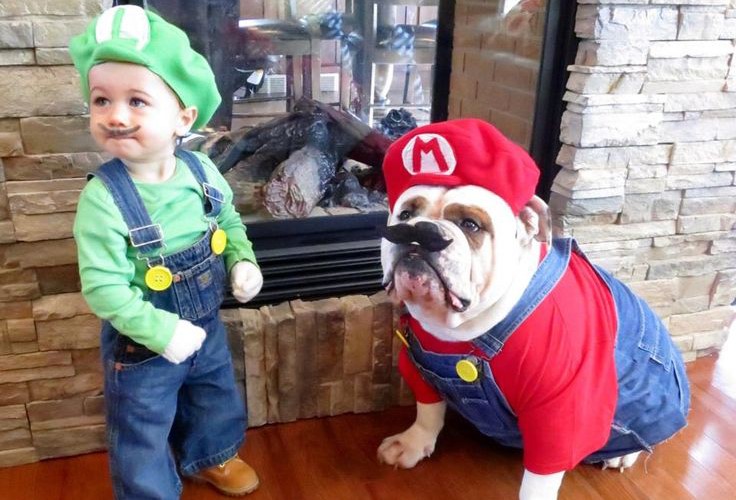
Some professional trainers recommend Bulldog as a family favorite. However, its appearance is fearsome. When Bulldogs are in starting age, they look friendly more than scary. This breed is very energetic and suitable for your children to play with them. By nature, they become calmer when they grow. Furthermore, they cause less expensive to feed and nurture.
